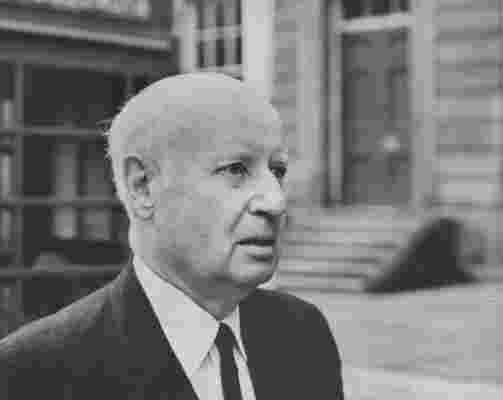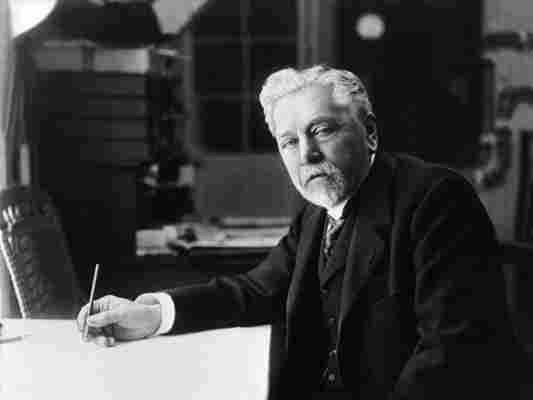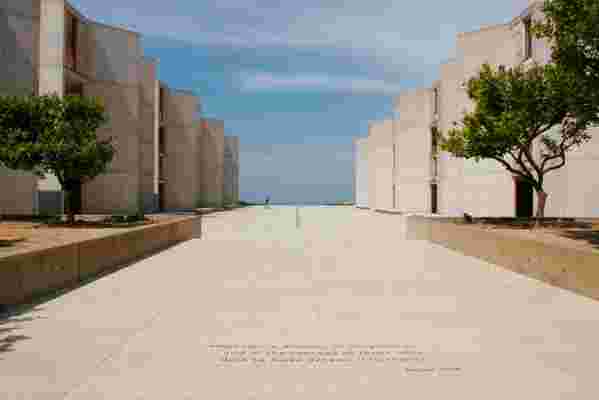September 04,2022
The 11 Biggest Scandals in Architecture History
by David Stewart
While scandal doesn’t hit architects quite as often as, say, politicians, the architecture profession is not immune from controversy, fraud, and even cold-blooded murder. The distinguished field has its share of bad actors who have made news with their professional or personal wrongdoings. In fact, one of the biggest scandals of the 20th century revolved around architect Stanford White, partner in the legendary firm McKim, Mead & White, which was responsible for some of New York’s famous Beaux Arts buildings. Read on to discover 12 scandals that had the architecture community—and the world—talking.

Architectural designer John Poulson arriving at court in 1973.
British architect John Poulson caused an uproar in 1972 when it was revealed that he had been bribing public figures. He was arrested in 1973 on corruption charges, and his 52-day long trial cost £1.25 million. He was sentenced to five years in prison and later pled guilty to nine additional charges of corruption and conspiracy, which added two more years to his sentence. Two others were jailed and Home Secretary Reginald Maudling was forced to resign. Over 300 people were implicated in the affair.

Gustave Eiffel, French engineer and architect.
Around the time Gustave Eiffel was building his iconic tower in Paris, he was also embroiled in a scandal across the Atlantic. Eiffel had been hired in 1887 to design the locks for the Panama Canal, but by 1889, the Panama Canal Company had gone bankrupt after mismanagement by its leader, Ferdinand de Lesseps. Eiffel and members of the company’s management were charged with raising money under false pretenses and misuse of funds. He was found guilty of the latter charge in 1893 and sentenced to two years in prison, but was acquitted on appeal.

The Salk Institute, designed by Louis Kahn, in La Jolla, California.
Architect Louis Kahn produced many iconic projects during his lifetime including the Yale University Art Gallery, the Salk Institute, and the Kimbell Art Museum. In 2003, his son Nathaniel Kahn released the documentary My Architect, which explored the personal life of Kahn, including the fact that he had three families. Kahn married his wife, Ester, in 1930 and they had a daughter, Sue Ann. He also had a daughter, Alexandra, with architect Anne Tyng, and son Nathaniel with landscape designer Harriet Pattison. The families knew about one another and lived a few miles apart, although the children did not meet until Kahn’s funeral.
Frank Lloyd Wright's rebuilt Taliesin residence in Spring Green, Wisconsin.
Frank Lloyd Wright’s personal life was almost as famous as his buildings. In 1909, Wright left his wife and children and ran off with Martha “Mamah” Cheney, a client’s wife. In 1911, they settled at Taliesin, a retreat he was building in Spring Green, Wisconsin. Several years later, Wright took a trip to Chicago, leaving Cheney and her visiting children behind. While he was gone, a houseman set fire to the building and then murdered them with an axe as they tried to flee. Wright later rebuilt Taliesin and lived there with his third wife.
The John Hancock Tower in Boston.
Boston’s John Hancock Tower was plagued by controversy from the very beginning. Designed by Henry Cobb of the firm Pei Cobb Freed, the 60-story building faced initial opposition over concerns that it would cast a shadow on the historic Trinity Church. (The church later sued John Hancock Mutual Life Insurance for damage caused during construction of the tower.) But the real trouble started once the building was under construction. Glass window panes, each weighing 500 pounds, began to fall during high winds. The missing windows were temporarily replaced with plywood, earning the building the nickname “Plywood Palace.” All 10,344 windows were replaced. A tuned mass damper had to be installed when it was discovered that the building was swaying too much—causing motion sickness in the upper floors' occupants. Perhaps most the most shocking issue of all was Swiss engineer Bruno Thurlimann’s conclusion that under certain, rare wind conditions, the building could fall over. Five million dollars worth of steel braces were installed to ensure its structural integrity.
Starchitect Richard Meier.
In the wake of the #MeToo and #TimesUp movements, the architecture industry was forced to reckon with its own history of gender inequality and sexual harassment in the workplace. In March of 2018, Richard Meier was accused of sexual harassment by five women, including four who worked for his firm. Meier took a leave of absence and later stepped down from his eponymous firm.
Tokyo's skyline.
In 2006, a scandal erupted in Japan when it was discovered that the earthquake-resistance data had been fabricated during the construction of dozens of hotels and residential buildings. Architect Hidetsugu Aneha was found by the court to have falsified data since 1996. He was sentenced to six years in prison and fined 1.8 million yen. Several buildings have been torn down as a result of the scandal and the country’s Architect Certification Law was revised.
The buildings of Troy, New York.
Paul J. Newman had a successful and award-winning career in architecture in Troy, New York. But there was one problem: He wasn’t a licensed architect. In 2017, then State Attorney General Eric Schneiderman indicted Newman on 58 counts, following a two-year investigation nicknamed Operation Vandelay Industries, a nod to George Costanza’s fake latex company on Seinfeld. Newman pled guilty to six counts and was sentenced to two and a half to seven years in prison.
The Phnom Penh home of French architect Patrick Devillers.
French architect Henri Patrick Devillers became involved with an international scandal in 2012, when he was detained in Cambodia at the request of China for his ties to Chinese politician Bo Xilai and his wife, Gu Kailai. Devillers and British businessman Neil Heywood both served as fixers for Bo, and Heywood was found dead in a hotel room in China in 2011. Gu was charged with the murder and Devillers was a cooperating witness at the trial. Gu was found guilty and is serving a life sentence. The affair returned to the spotlight in 2016, when a real-estate transaction involving Gu, Heywood, and Devillers came to light during the leak of the Panama Papers.
A rendering of The Cloud, at right, whose towers would resemble the collapsing buildings of New York's World Trade Center.
There are plenty of designs that cause debate, but every so often, there’s a design that causes an uproar. Back in 2011, Dutch architecture firm MVRDV unveiled the design for a pair of residential buildings called the Cloud in South Korea. The square towers were connected by a “pixelated cloud,” making the entire structure resemble the Twin Towers during the attacks of September 11. The firm apologized and the the complex still has not been built.
Harry K. Thaw, taken when he was the center of the most sensational murder trial in New York's history (left), and Stanford White, the famous architect.
Six years into the 1900s there was already a murder so sensational it was dubbed “the Crime of the Century.” On June 25, 1906, architect Stanford White was murdered at the rooftop theater of Madison Square Garden by Harry K. Thaw, the husband of Evelyn Nesbit, model, actress, and chorus girl. White had sexually assaulted Nesbit when she was 15 or 16 and Thaw, a violent and mentally unstable man, had a longstanding grudge against him. The subsequent trial captivated the nation, and Thaw was eventually found not guilty on the grounds of insanity.






